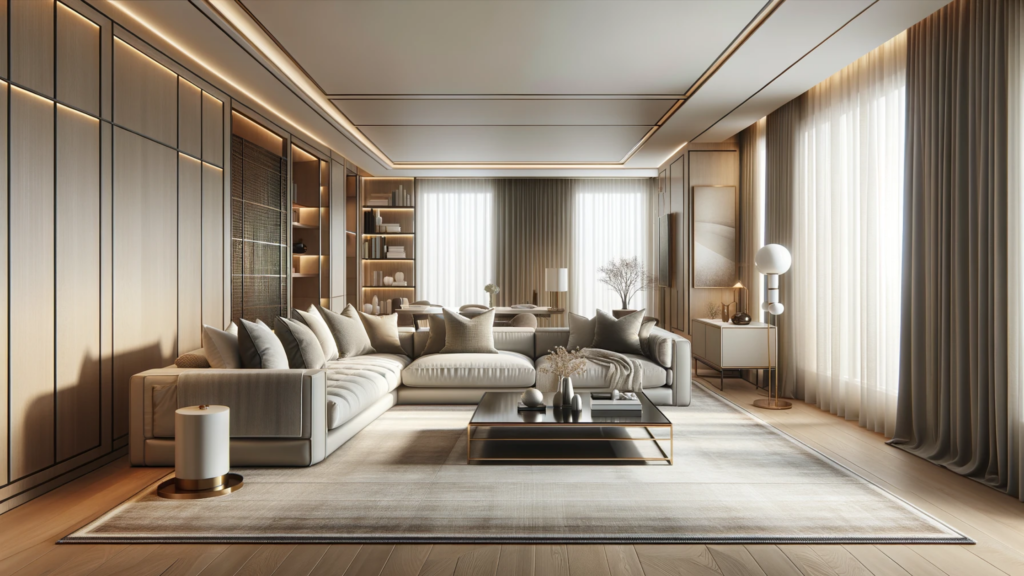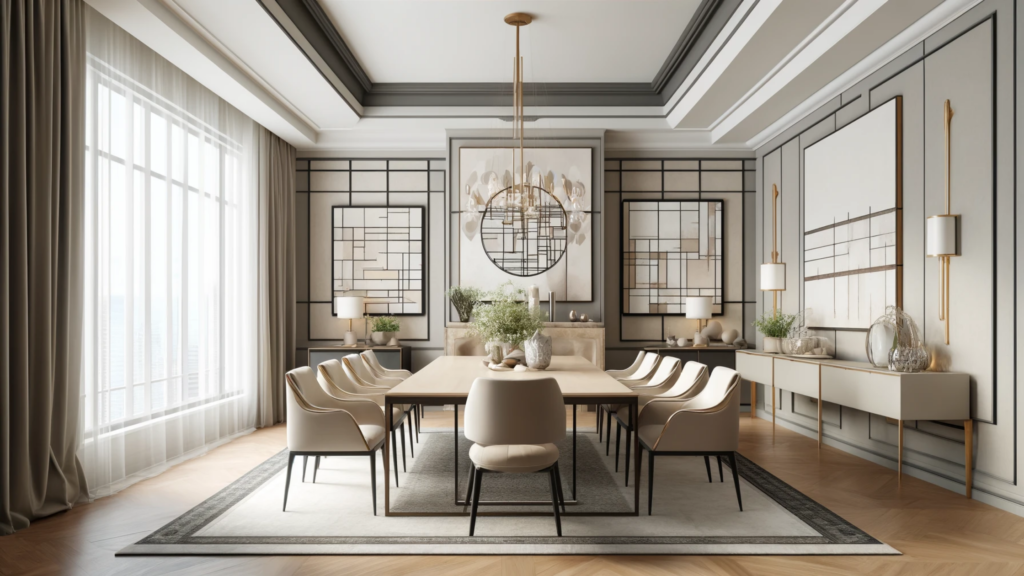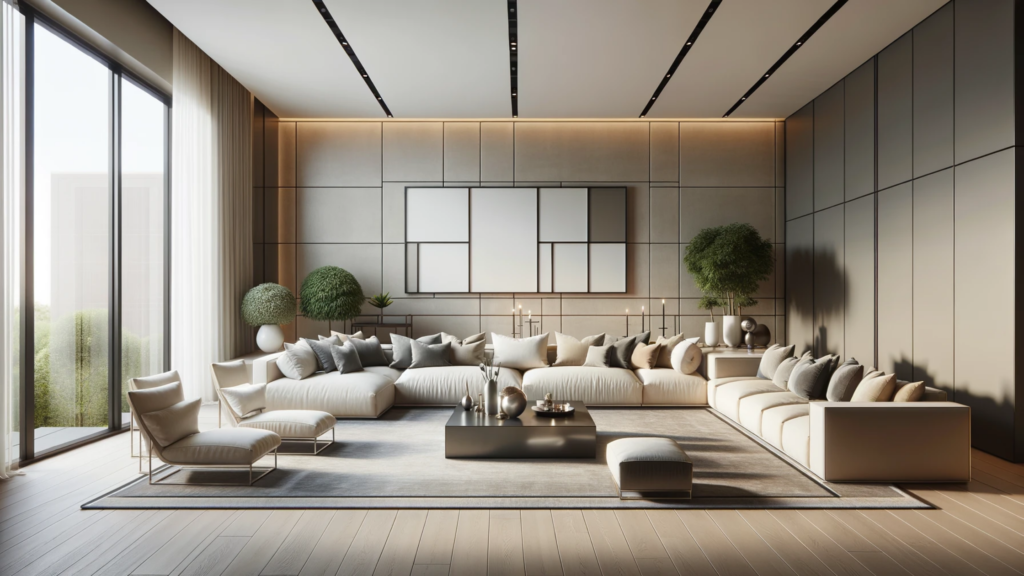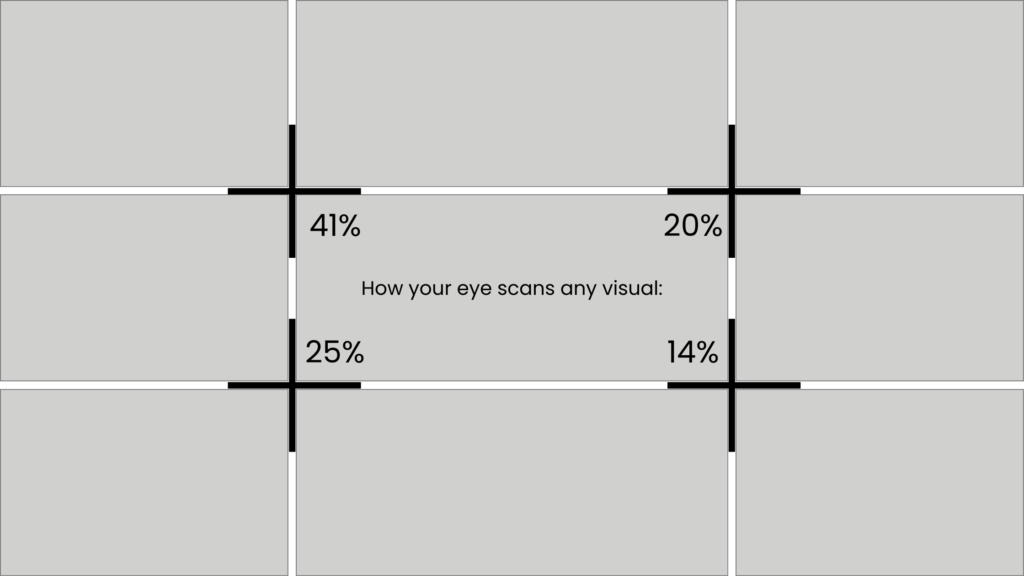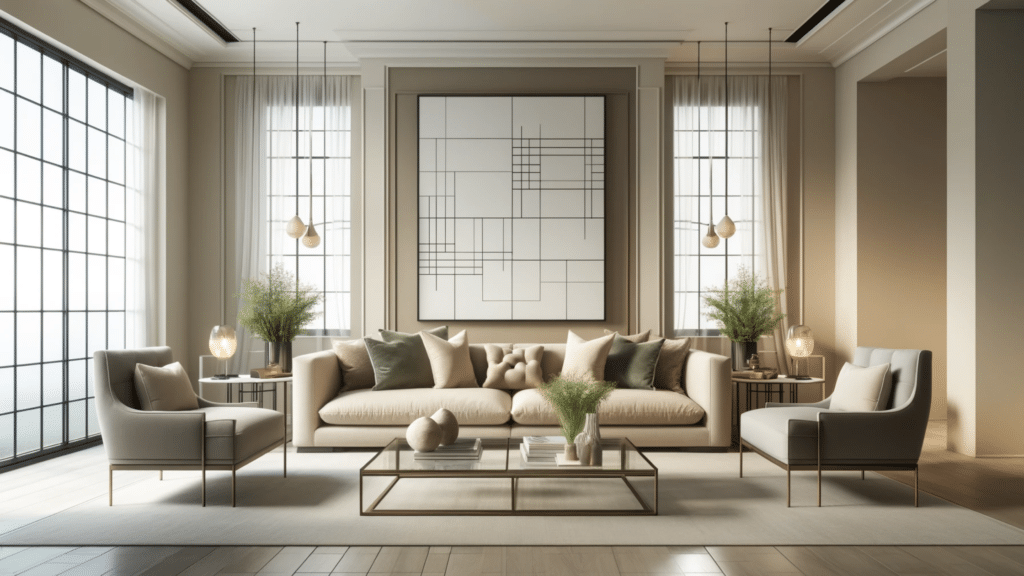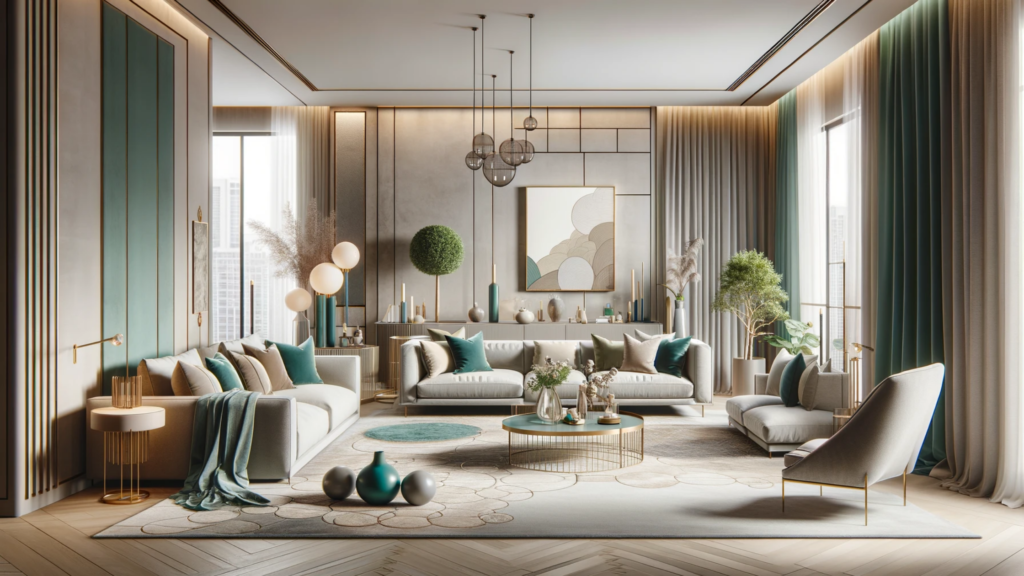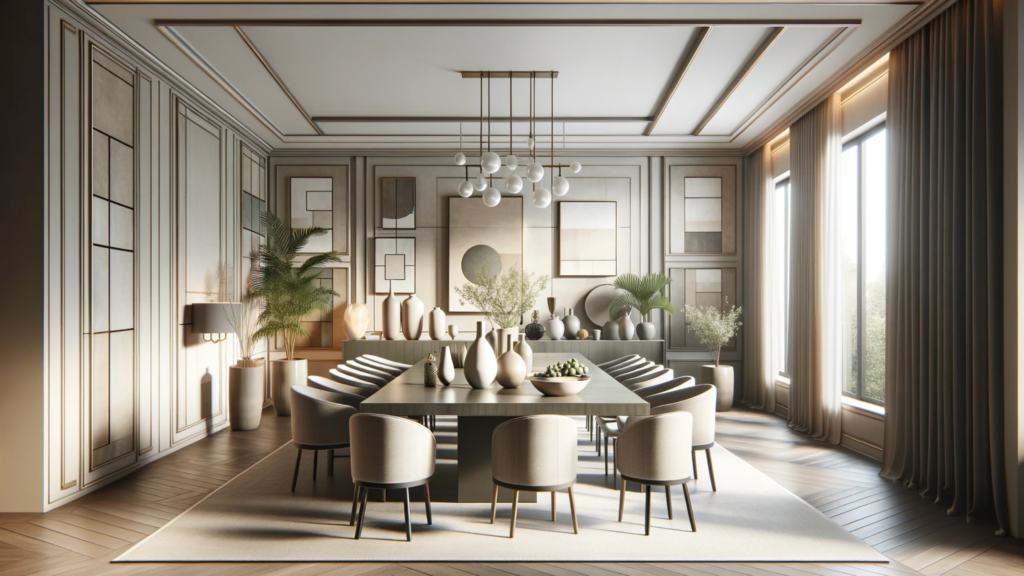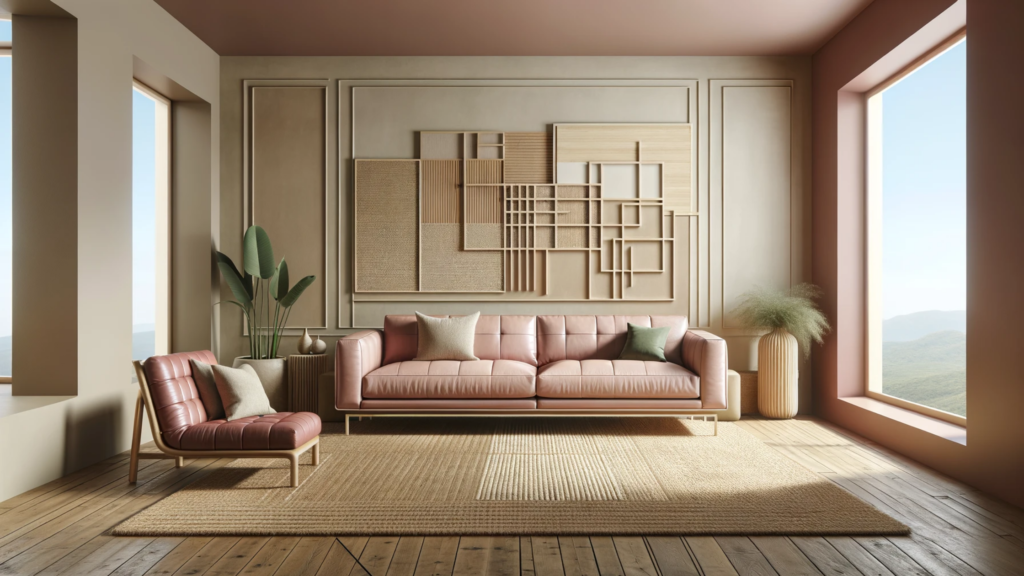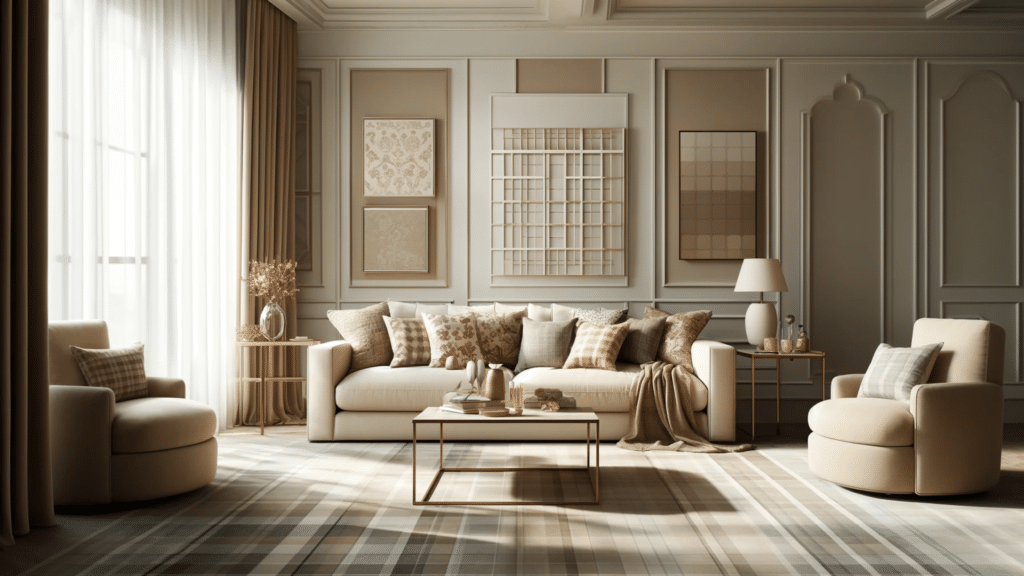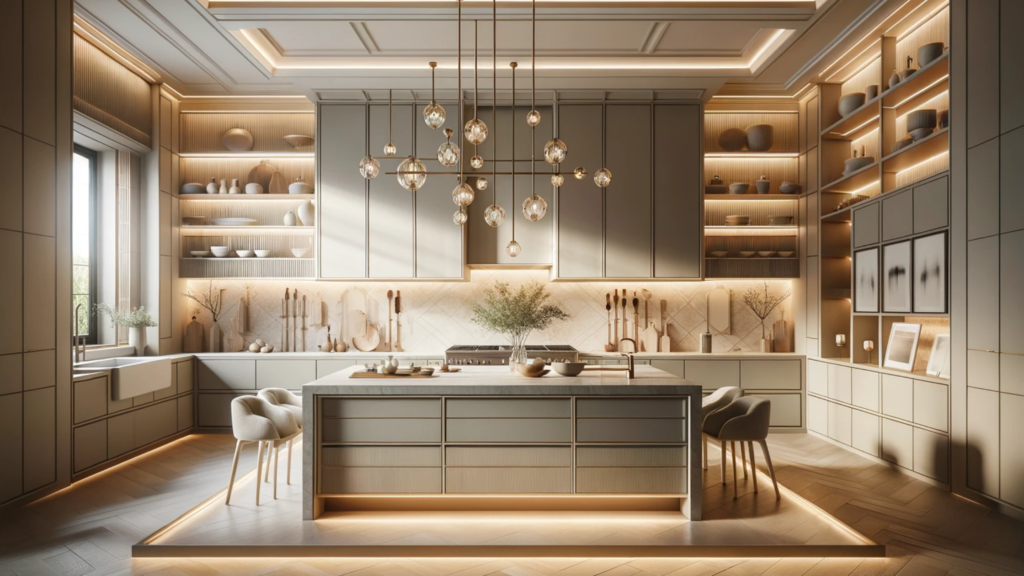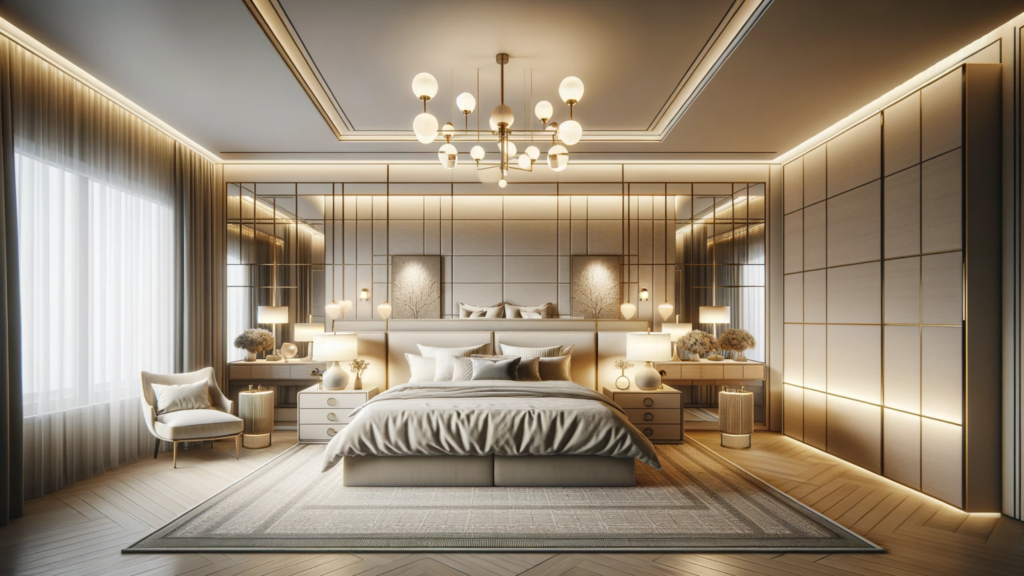The third law is more than just a design principle – it is a timely device that provides balance, harmony and visual intrigue for the inner rooms. Whether it is through the thoughtful location of furniture, lights or the strategic use of the color, the rule guides the subticely eye and forms a natural rhythm that makes a house feel both harmonious and captivating.
By embracing the power of wood in layout, conditions, texture and decoration, you can make normal rooms well, aesthetically, aesthetically pleasant atmosphere. Although it is not a stiff rule book, the rule of third acts as a reliable basis that strengthens creativity and increases design sensitivity.
Whether you are designing a new place or refreshing an old one, you can give the rule of third to create your quiet guide that not only looks beautiful, but also feels right.

